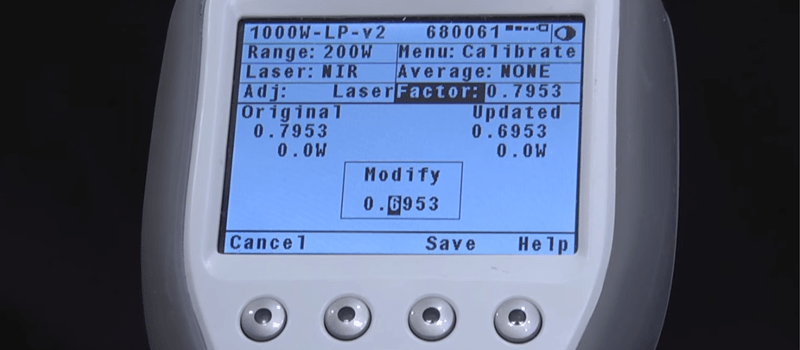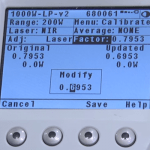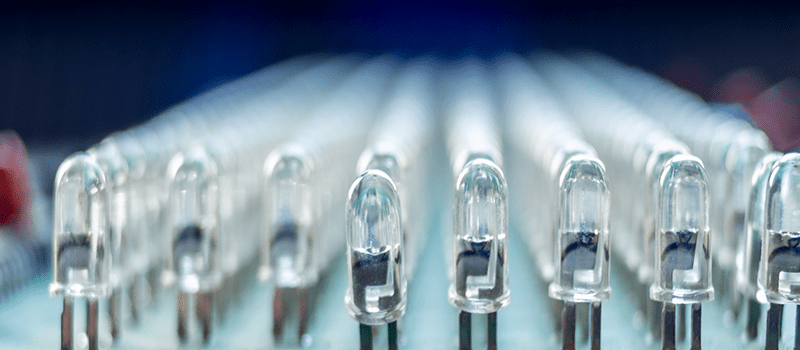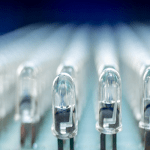Thermal laser sensors for high powers are usually water-cooled. Ophir has water-cooled sensors for powers from 250 W to 100 kW. There are a few things you might have been wondering about and even some things you might not have considered. I’ll outline the basic things you should keep in mind to get the best performance from your water-cooled sensor.
First of all, here are our recommended operating conditions:
- Inlet water temperature 18° C – 30° C
- Flow rate from 3-15 L/min for most sensors (see specs for details). Note the very high power sensors for 30-120 kW need a higher flow rate.
- Coolant pressure depends on the sensor – see this FAQ for details
There are also some less obvious things that bear mentioning…
Temperature Fluctuations
Although the water can be any temperature within the above range, it must be quite stable. Since thermal sensors detect heat flow, water changing in temperature will affect the power reading. The rate of temperature change should kept under one degree per minute.
Also, if the water is considerably colder than the initial temperature of the sensor, the water has to flow for a couple of minutes till the sensor reaches its new equilibrium temperature.
Cold Water
Okay, so you can imagine that if the water is too hot, it won’t cool the sensor very well. But what about cold water? Shouldn’t that be even better?
Generally, even if water is colder than the 18° C limit, it should still work perfectly. However, there are two caveats you should take into consideration:
- Water is colder than room temperature. If the water is colder than the ambient temperature, this will make the sensor considerably cooler than the room and the sensor will “see” the room as a heat source causing a small offset in reading. This can be corrected by subtracting the offset with the laser power blocked.
- If the cold water creates condensation on the sensor, that will also cause problems.
Can You Skimp on the Flow Rate?
Sometimes we are asked: “The spec says 3 L/min for the max power. Can I slow the rate to 1.5 L/min for half the power?”
This is not an exact science, but it is generally a linear relationship. So, yes, you can usually reduce flow rate for lower powers in a linear fashion.
In fact, for very low powers or for a very short measurement, you can stop the flow altogether. However – make sure the sensor is always filled with water. Even if it isn’t flowing it’s necessary for the thermal contact.
Did I miss something? Have a question? Let me know.
You might also like to read:
Measure 100 kW Directly with Ophir’s Newest Laser Power Sensor








Leave a Reply
Your email address will not be published. Required fields are marked *